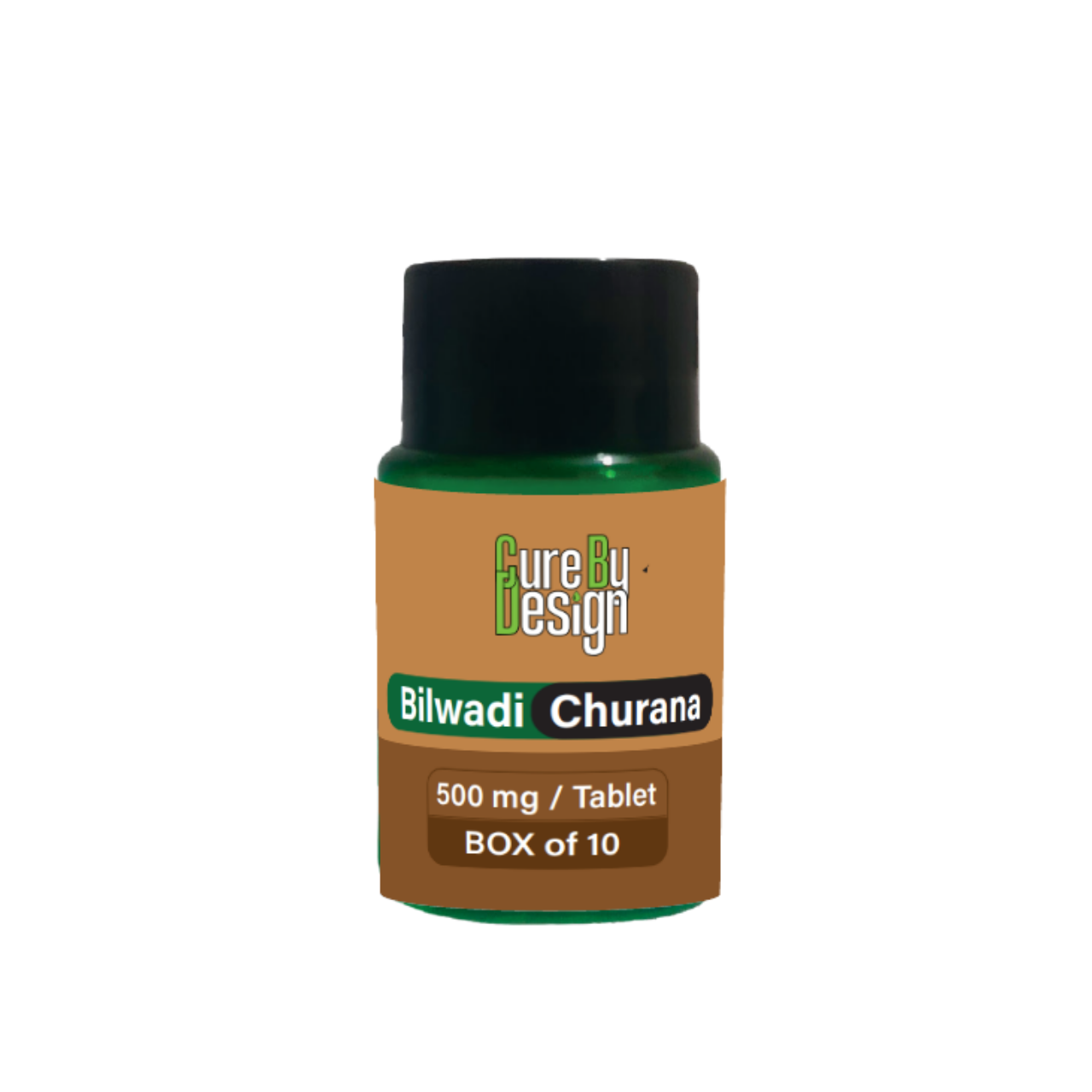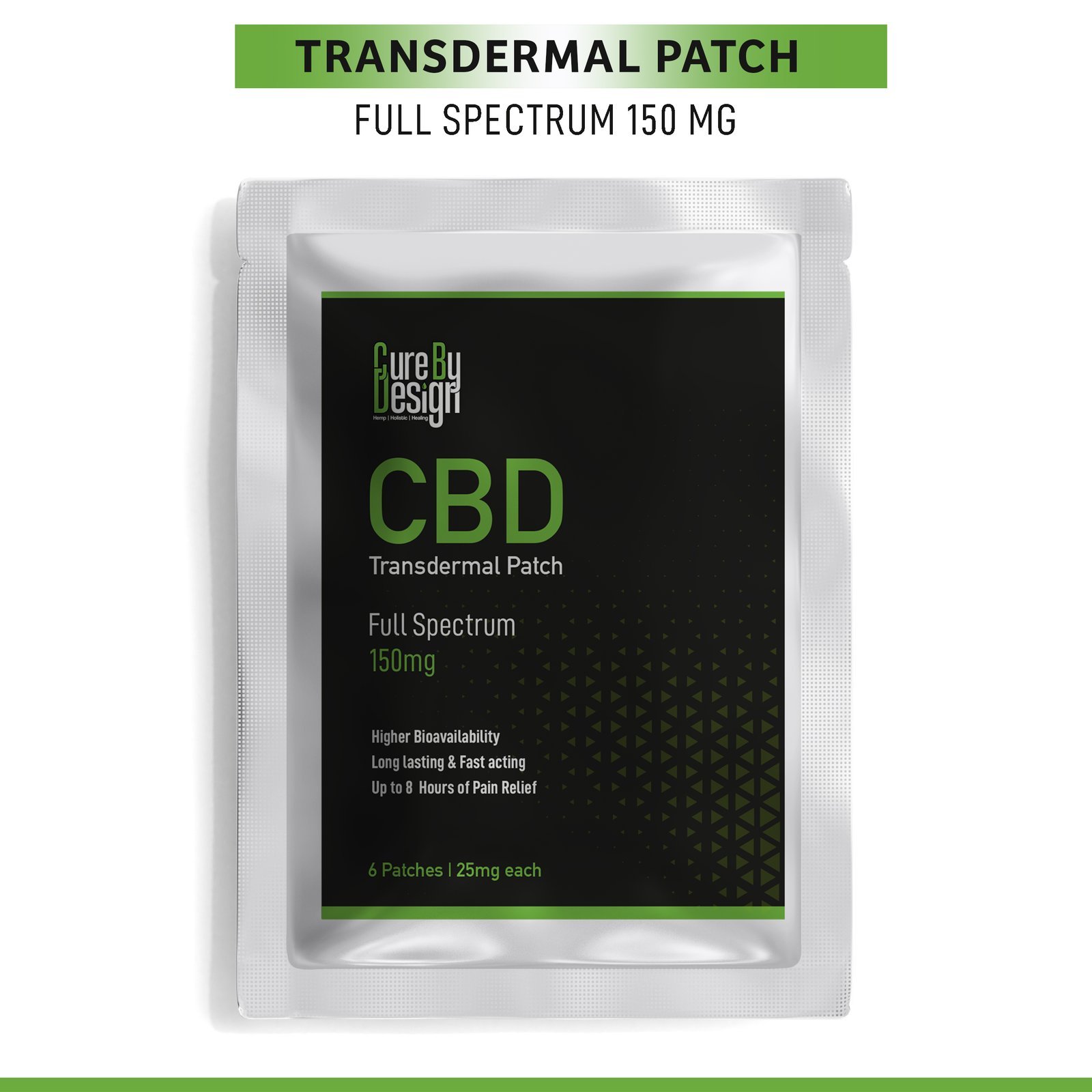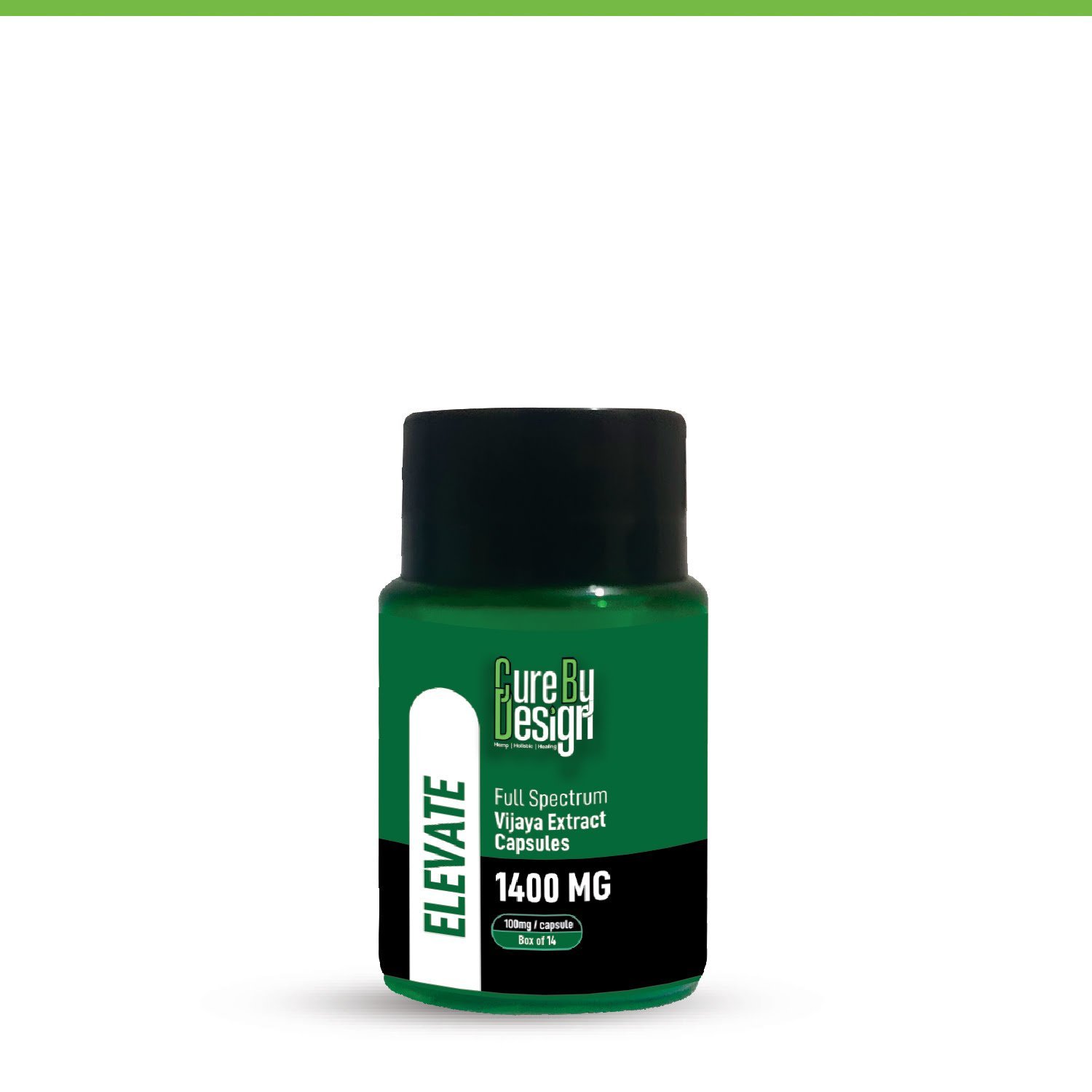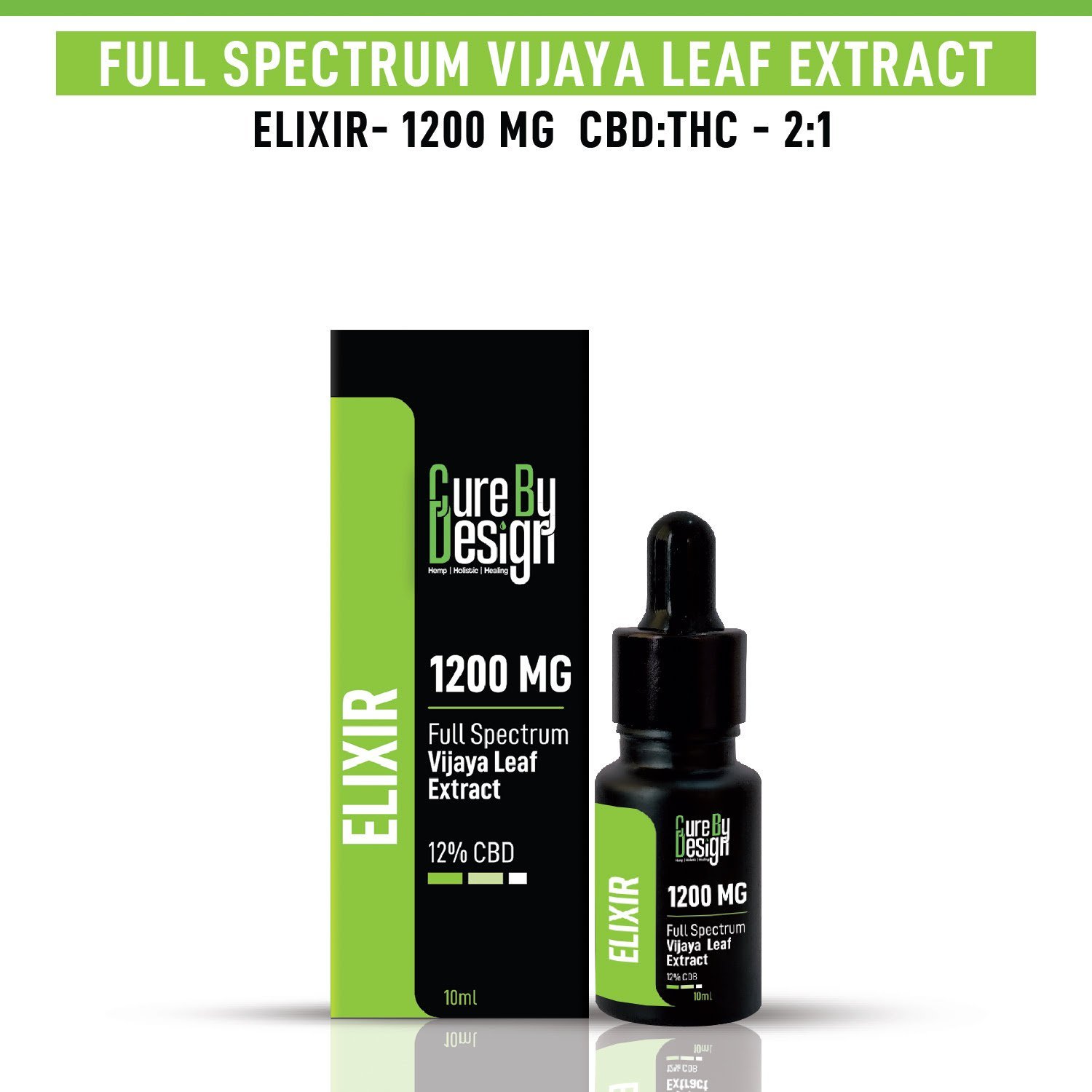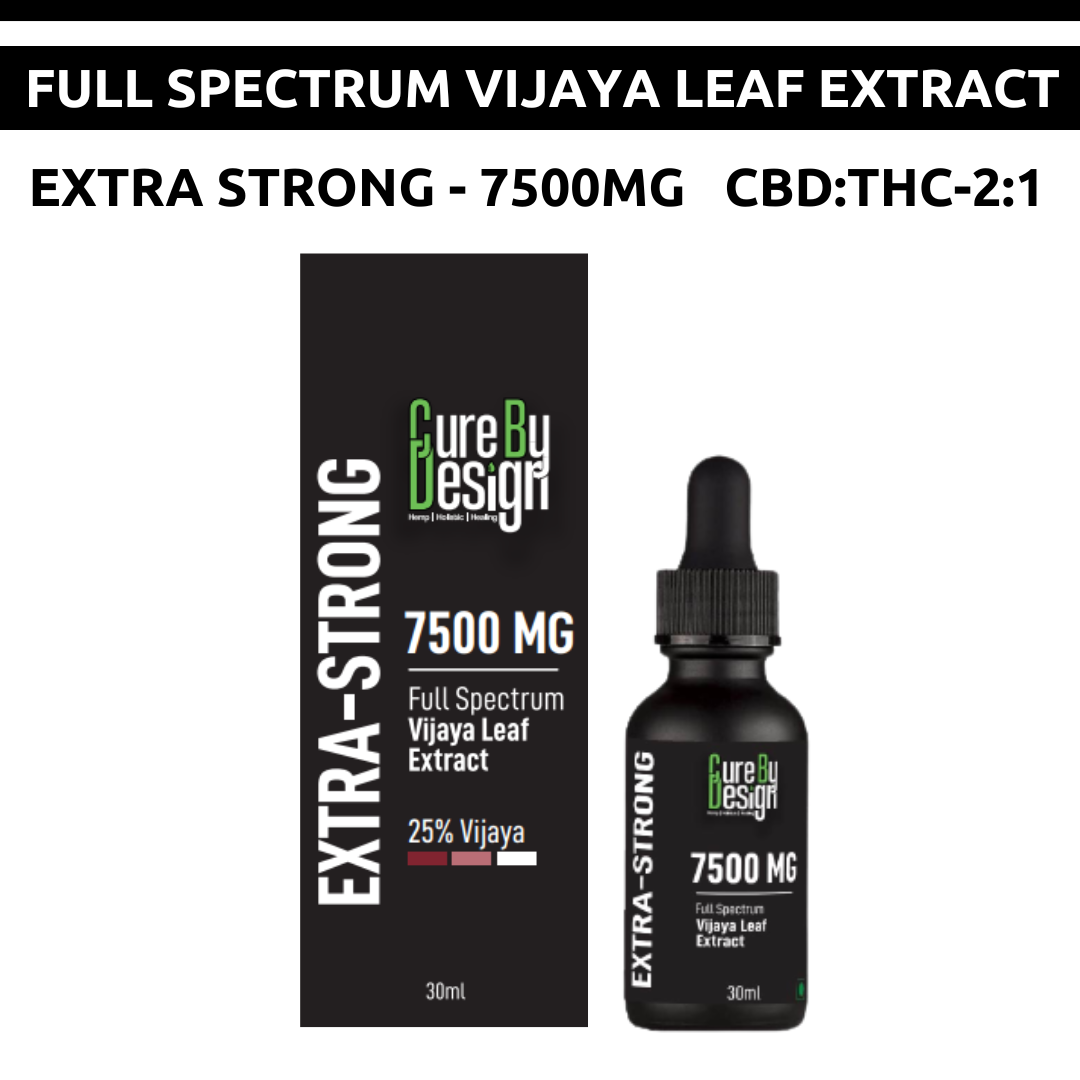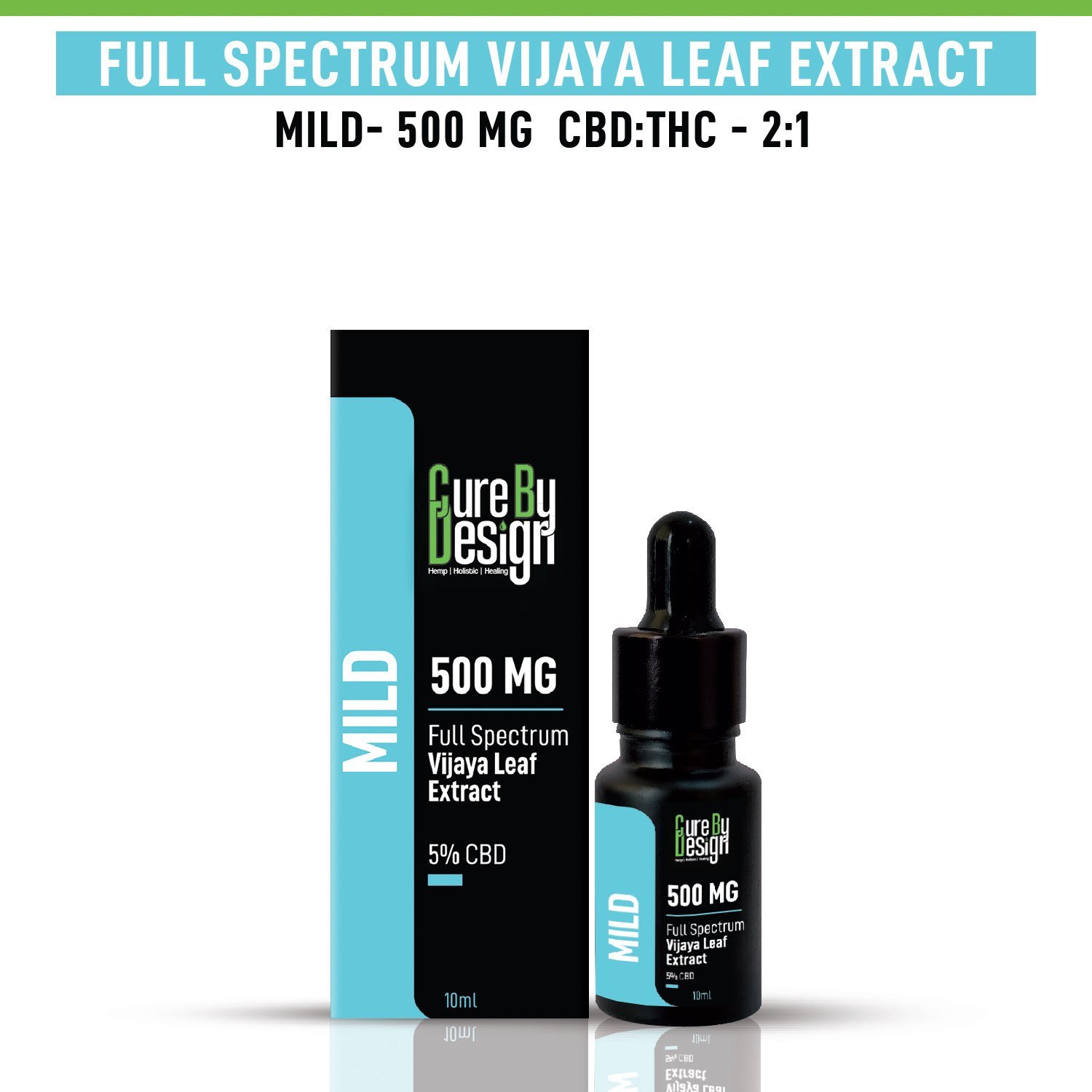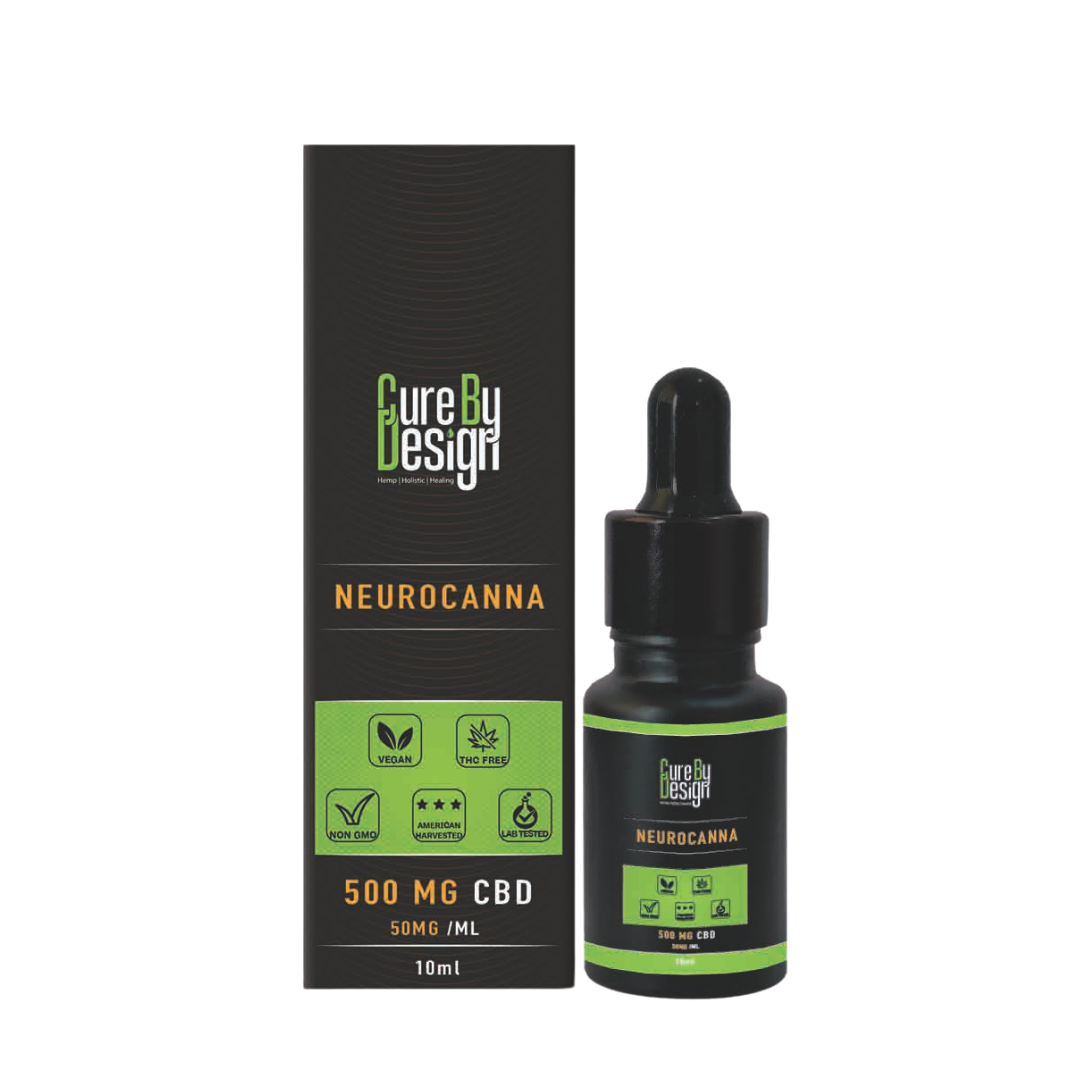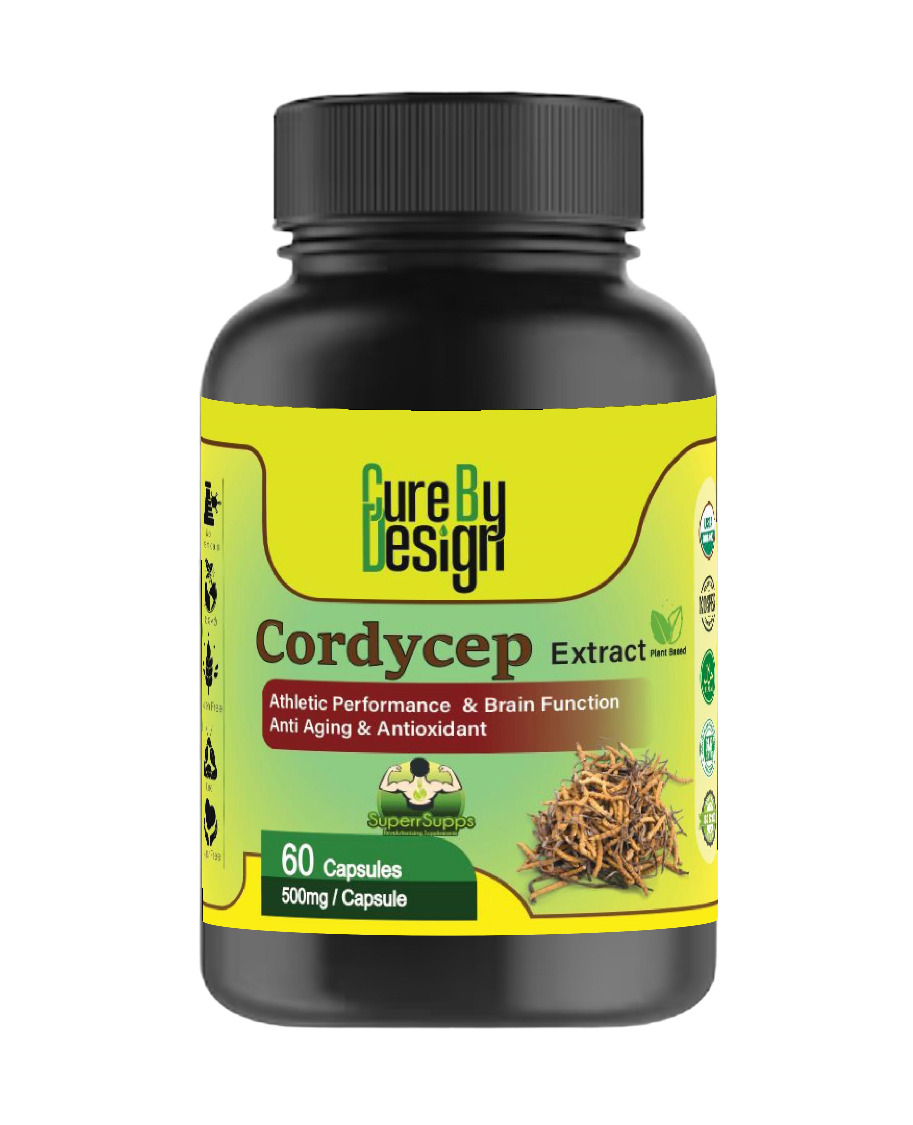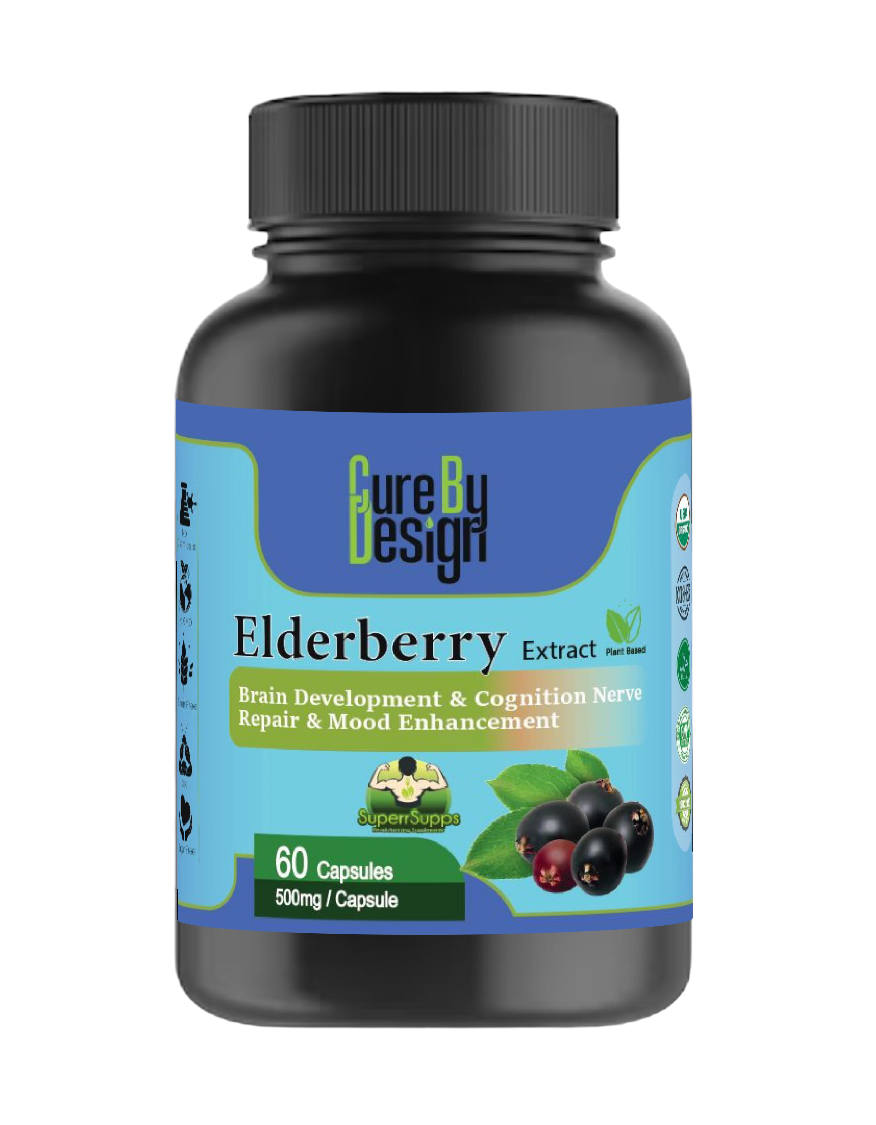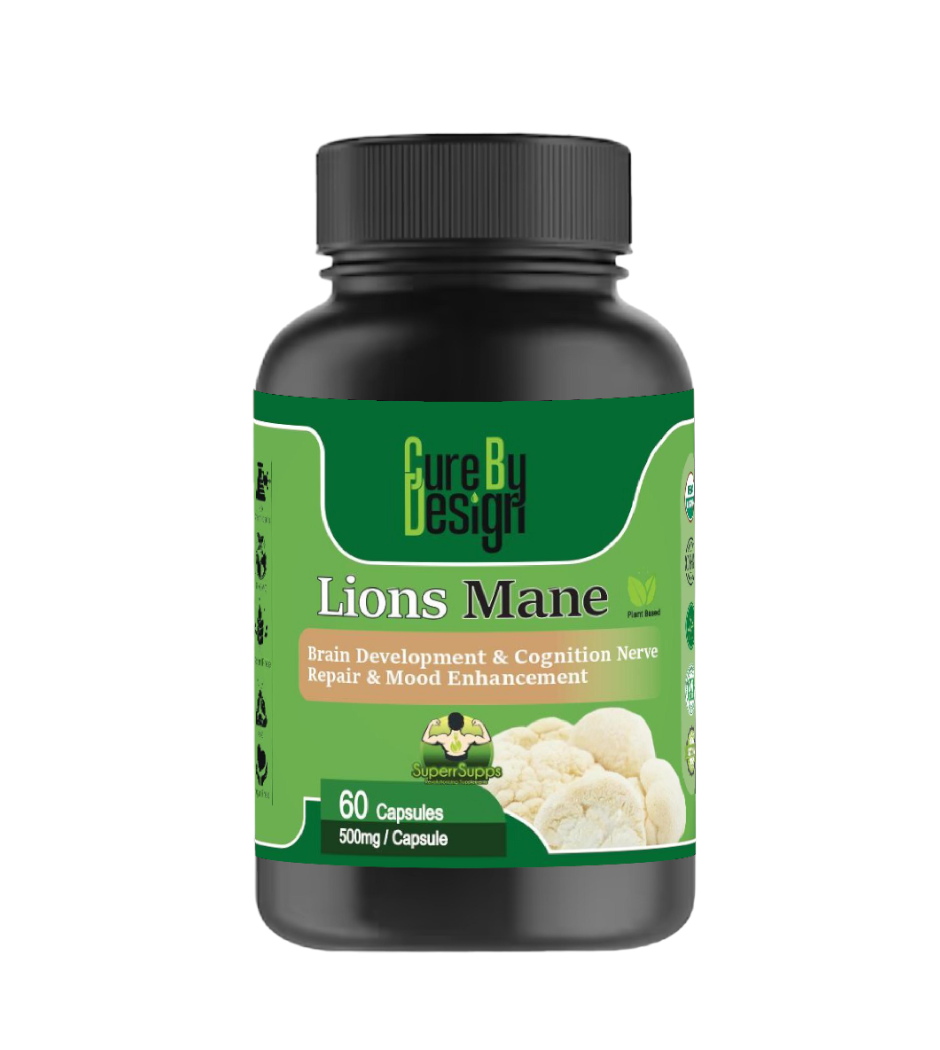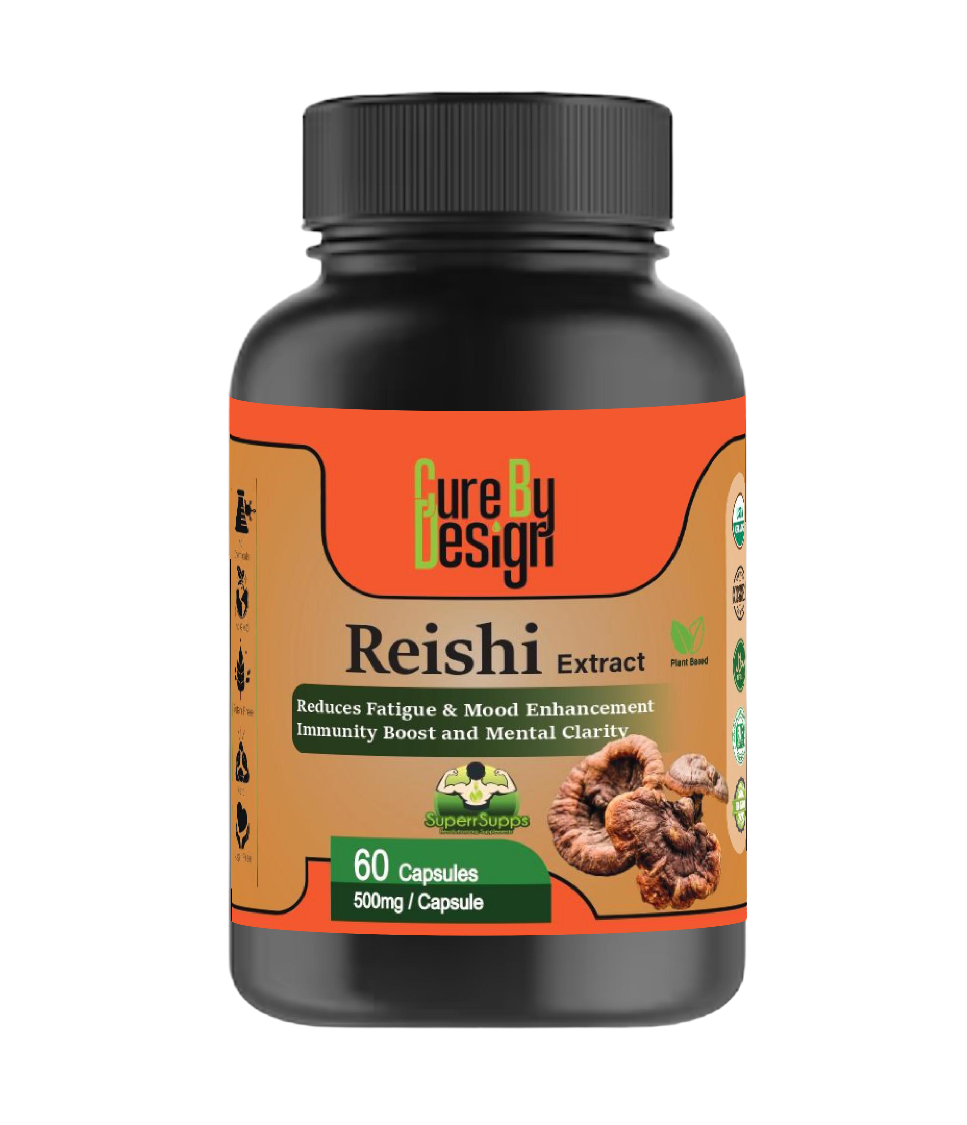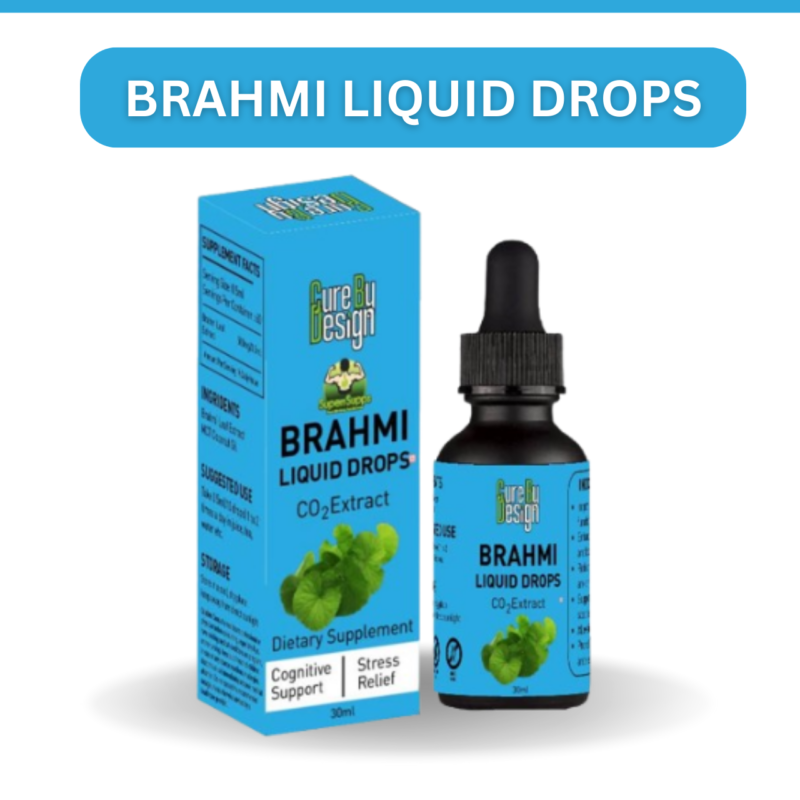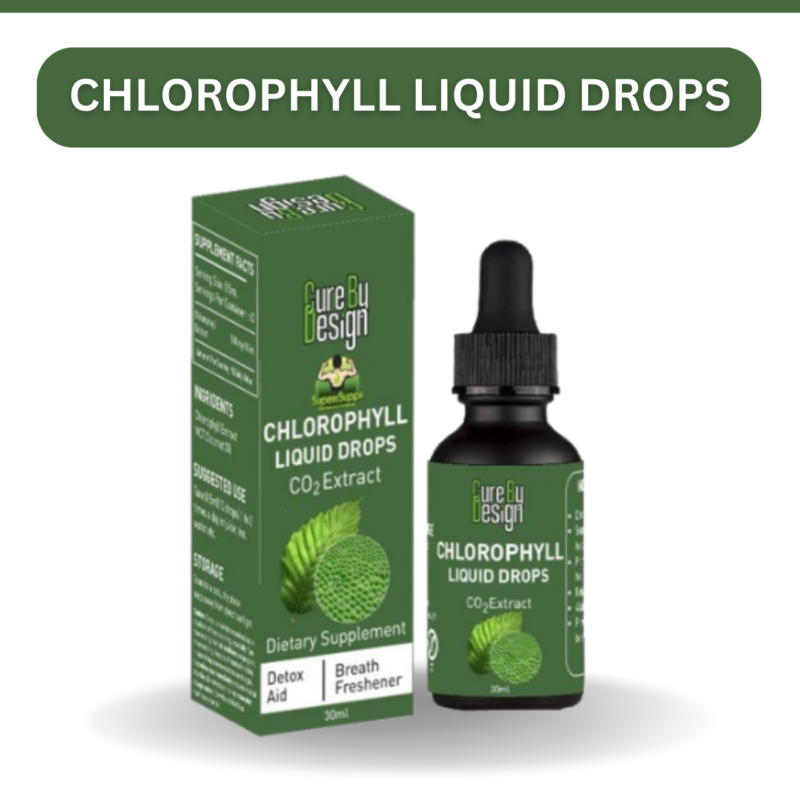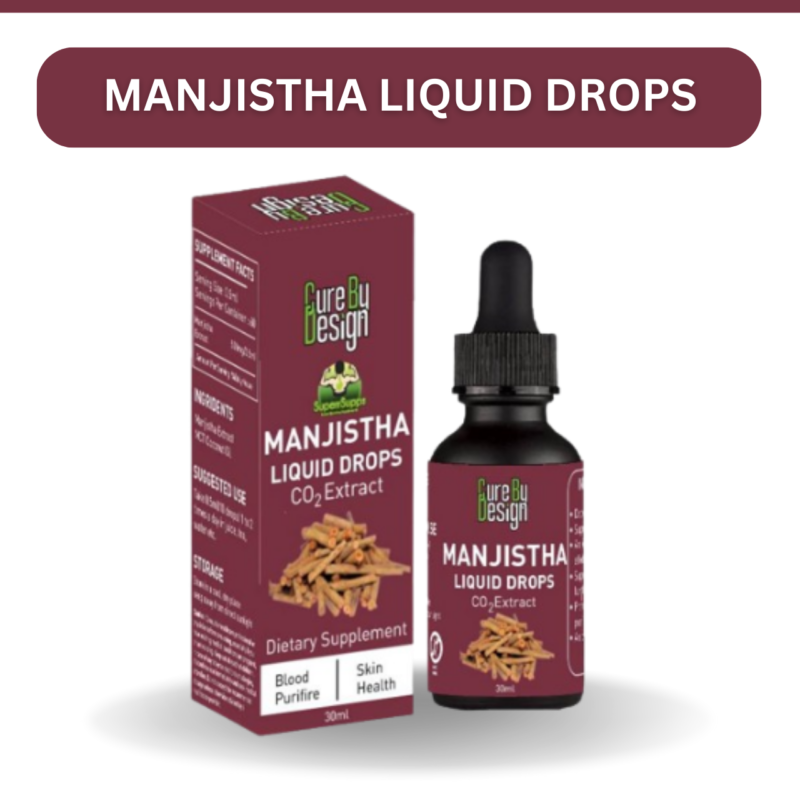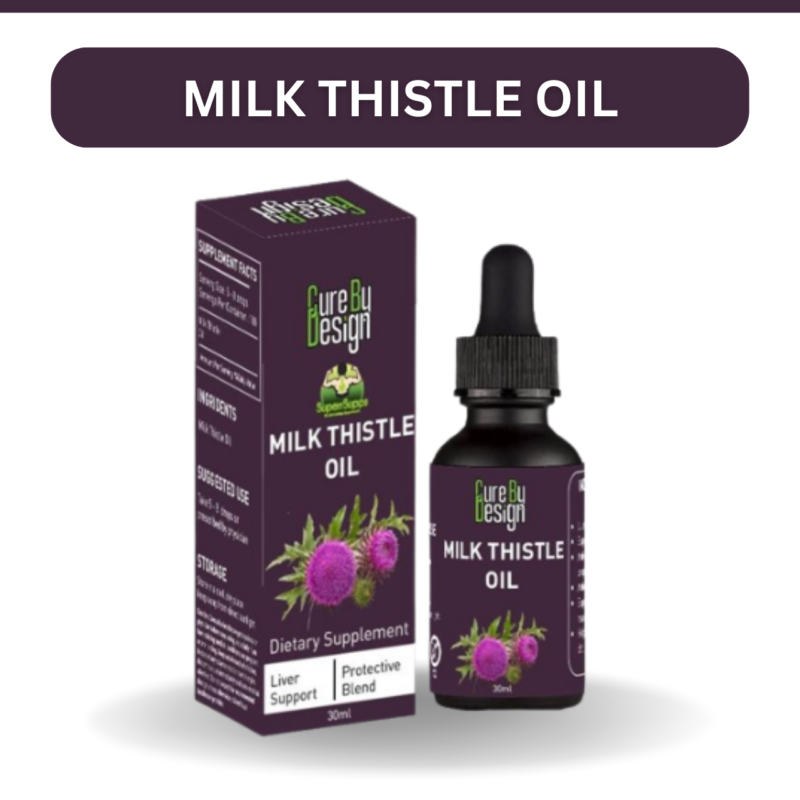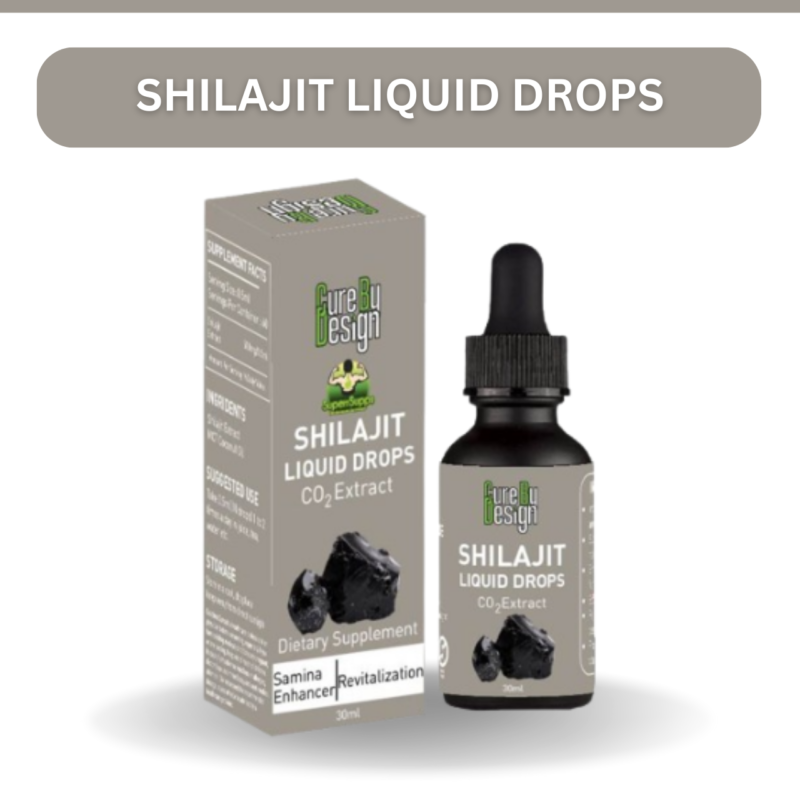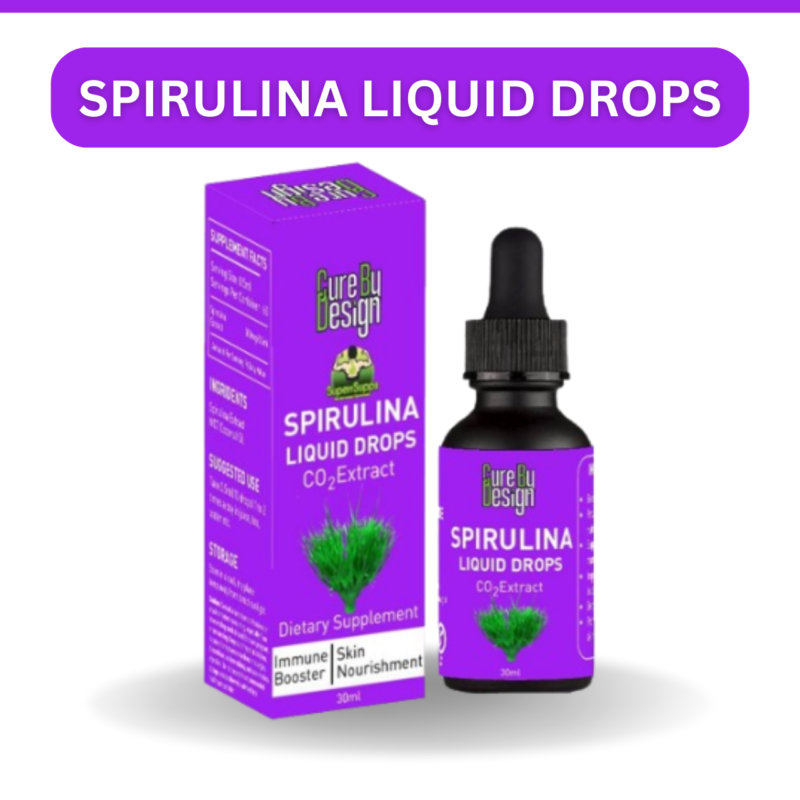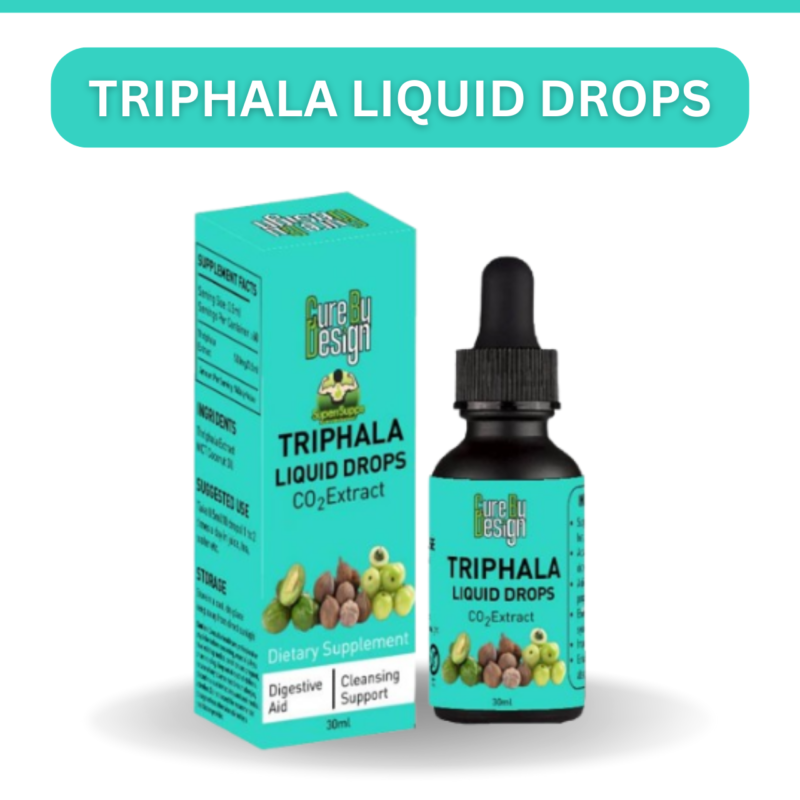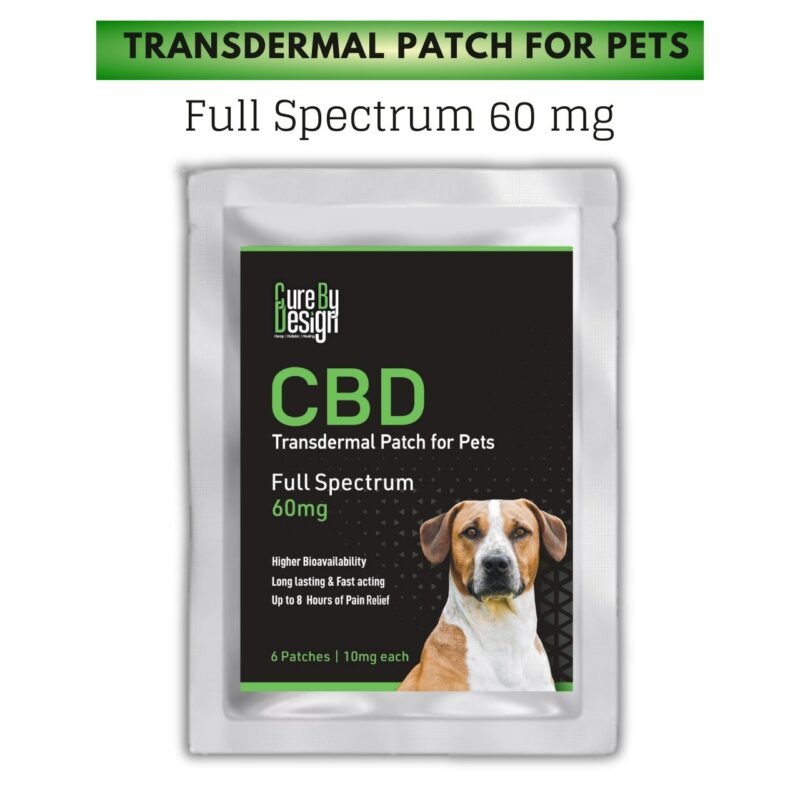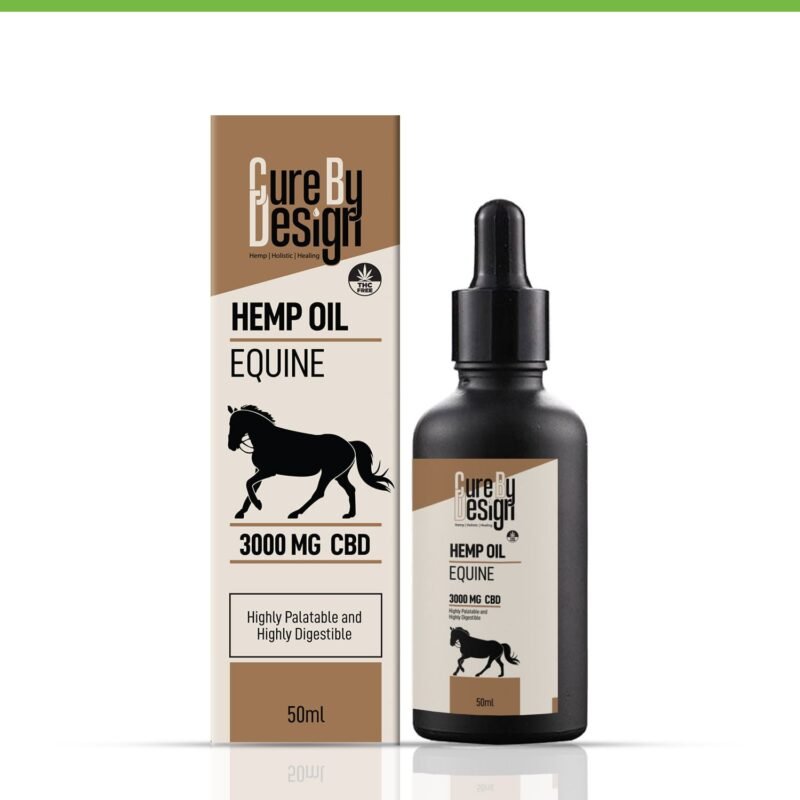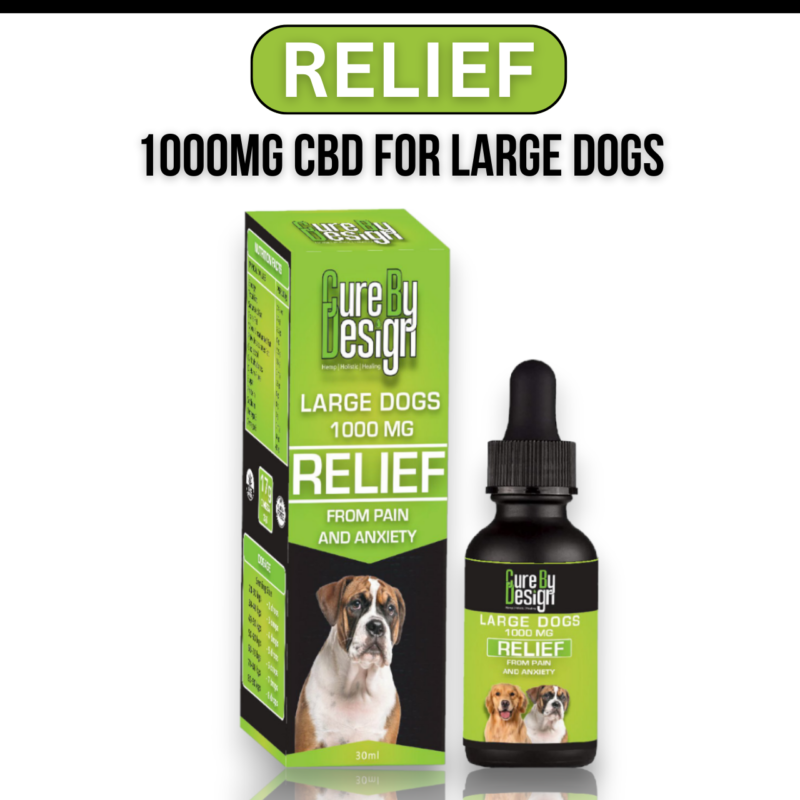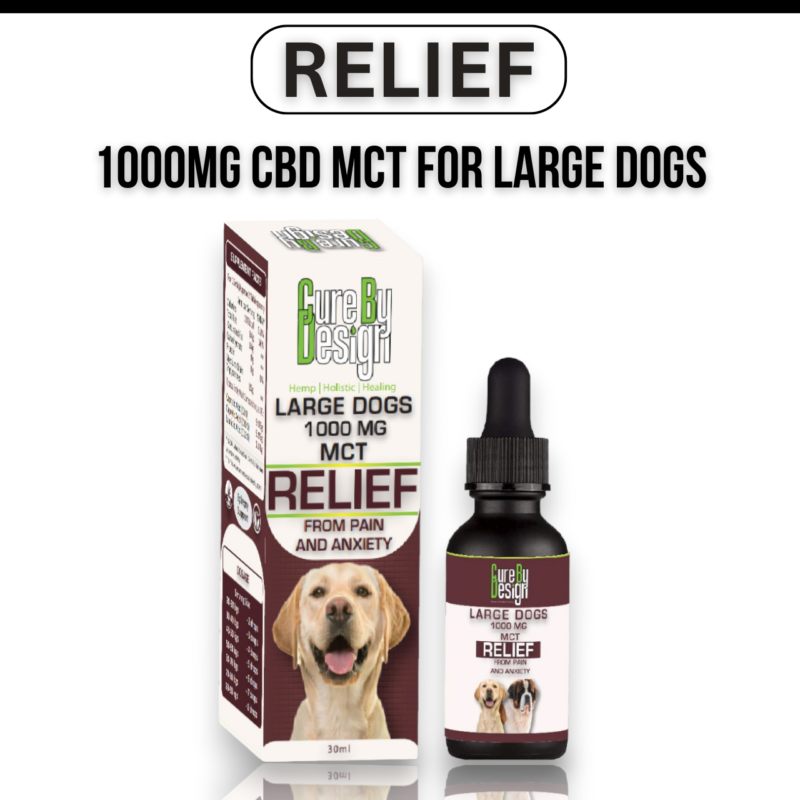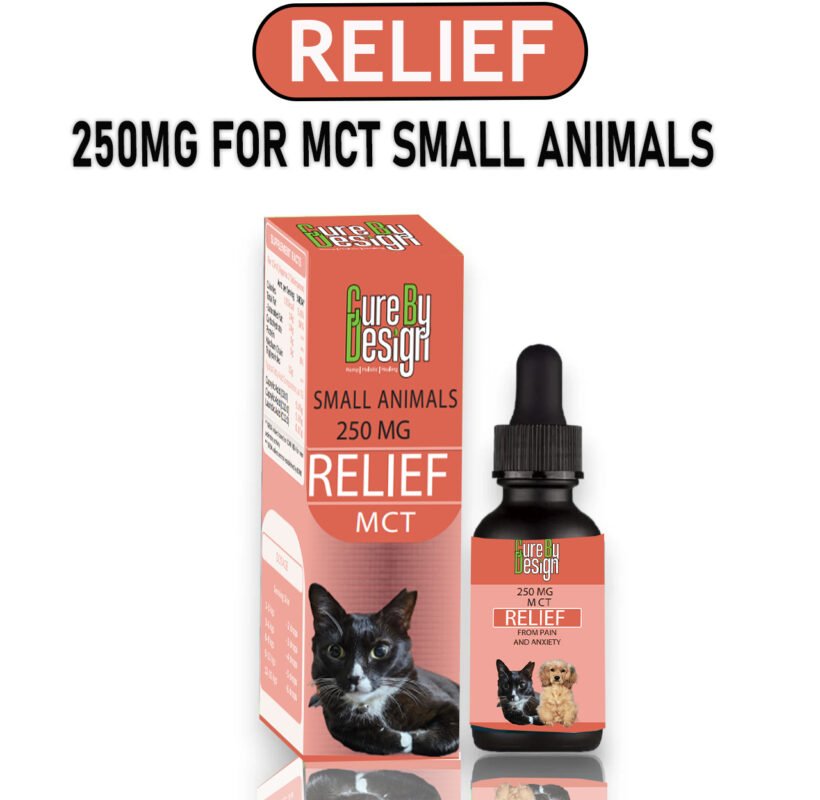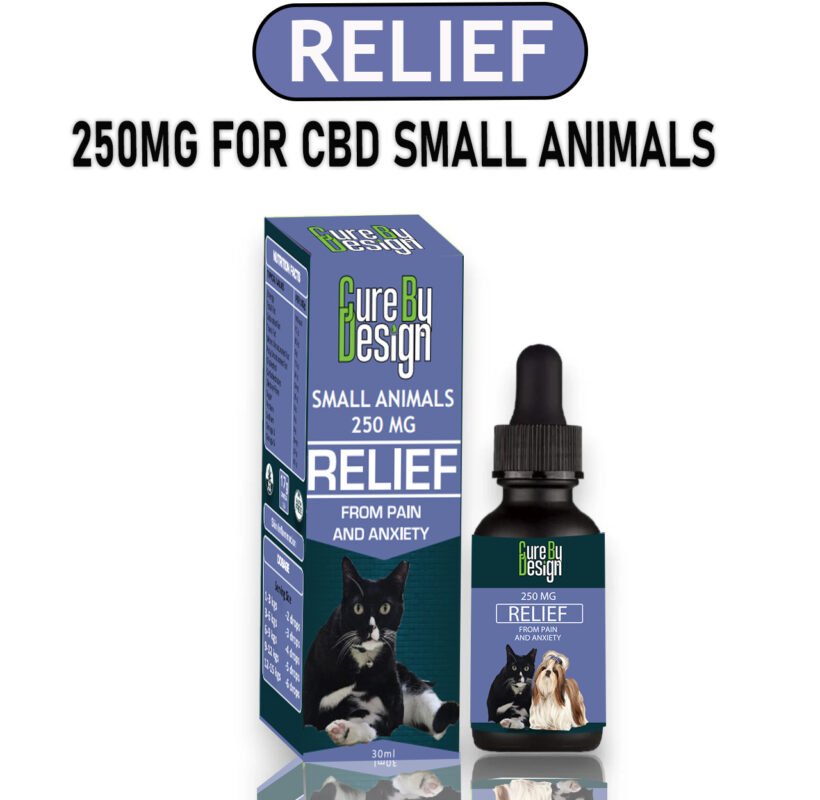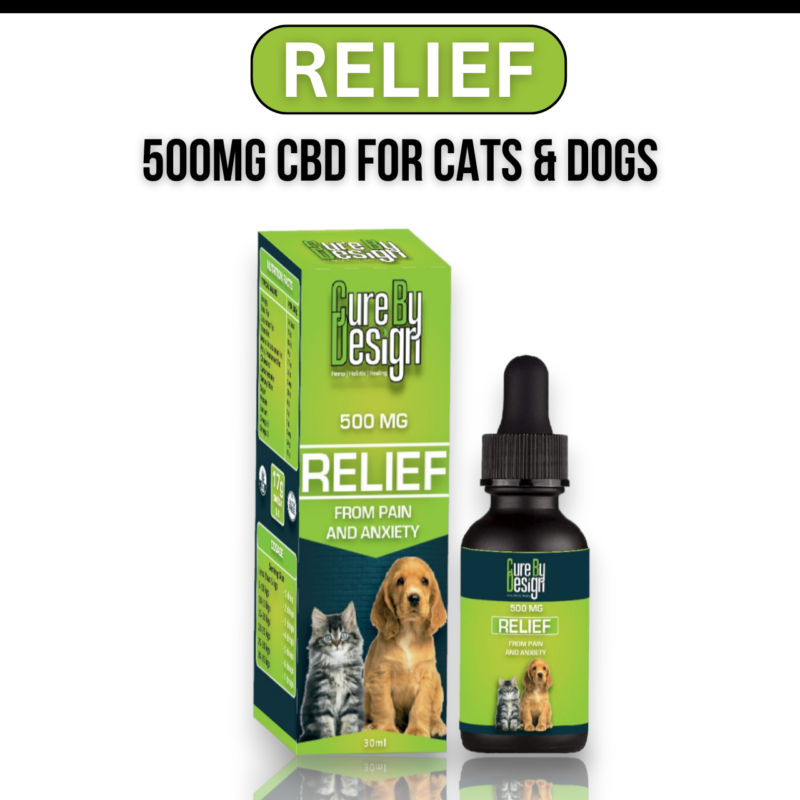CBD oil for Cancer Management

CBD oil, derived from the Cannabis sativa plant, is gaining attention for cancer management due to its non-intoxicating nature and potential therapeutic effects. Research highlights CBD’s ability to interact with the endocannabinoid system, influencing processes like inflammation, pain, and even tumor growth. Preclinical studies suggest CBD may help slow cancer progression by promoting cancer cell death and reducing metastasis while sparing healthy cells. Additionally, patients report relief from symptoms such as anxiety, nausea, pain, and sleep disorders when using CBD products. Although promising, clinical evidence is still limited; more rigorous trials are needed to confirm optimal dosing and long-term safety in cancer care.
Table of Contents
- What Is CBD and How Does It Differ from THC
- Types of CBD Products and Their Effects
- How the Endocannabinoid System Works in the Body
- Role of the Endocannabinoid System in Cancer
- How CBD May Fight Cancer Cells
- Symptom Relief with CBD in Cancer Patients
- Using CBD Alongside Chemotherapy and Radiation
- Potential Risks and Side Effects of CBD
- Challenges in Medical Use of CBD for Cancer
- Future Directions and Research Needs for CBD in Cancer
- Frequently Asked Questions
What Is CBD and How Does It Differ from THC
 CBD (Cannabidiol) and THC (Tetrahydrocannabinol) are two of the most well-known compounds found in the Cannabis sativa plant, but they differ significantly in their effects and how they interact with the body. THC is the main psychoactive component responsible for the ‘high’ people associate with marijuana use. It binds strongly to CB1 receptors in the brain, causing intoxication and euphoria. In contrast, CBD is non-intoxicating and does not produce a high. It has a different chemical structure, which leads it to interact with the body’s systems in a more indirect way. Instead of binding directly to cannabinoid receptors like THC, CBD modulates these receptors and influences other pathways, contributing to its broad medicinal potential. For example, CBD has been studied for anti-inflammatory, pain-relieving, anxiety-reducing, and even anti-cancer properties without impairing cognitive function. Interestingly, when used together, CBD can counteract some of the psychoactive effects of THC, reducing feelings of anxiety or paranoia that THC might cause. Because CBD lacks intoxicating effects, it is legal in many places where THC remains restricted. However, CBD products can vary widely in their THC content depending on how they are processed, ranging from pure isolates with no THC to full-spectrum extracts that contain small amounts. Understanding these differences is important for cancer patients considering CBD oil, as it helps them choose products that best suit their needs while avoiding unwanted side effects.
CBD (Cannabidiol) and THC (Tetrahydrocannabinol) are two of the most well-known compounds found in the Cannabis sativa plant, but they differ significantly in their effects and how they interact with the body. THC is the main psychoactive component responsible for the ‘high’ people associate with marijuana use. It binds strongly to CB1 receptors in the brain, causing intoxication and euphoria. In contrast, CBD is non-intoxicating and does not produce a high. It has a different chemical structure, which leads it to interact with the body’s systems in a more indirect way. Instead of binding directly to cannabinoid receptors like THC, CBD modulates these receptors and influences other pathways, contributing to its broad medicinal potential. For example, CBD has been studied for anti-inflammatory, pain-relieving, anxiety-reducing, and even anti-cancer properties without impairing cognitive function. Interestingly, when used together, CBD can counteract some of the psychoactive effects of THC, reducing feelings of anxiety or paranoia that THC might cause. Because CBD lacks intoxicating effects, it is legal in many places where THC remains restricted. However, CBD products can vary widely in their THC content depending on how they are processed, ranging from pure isolates with no THC to full-spectrum extracts that contain small amounts. Understanding these differences is important for cancer patients considering CBD oil, as it helps them choose products that best suit their needs while avoiding unwanted side effects.
Types of CBD Products and Their Effects
 CBD products come in several forms, each with unique compositions and effects that can influence cancer symptom management. Full-spectrum CBD products contain all cannabinoids, terpenes, and other plant compounds, including trace amounts of THC. This combination may produce what is called the “entourage effect,” where the different compounds work together to enhance therapeutic benefits. Broad-spectrum CBD is similar but typically removes THC, retaining most cannabinoids and terpenes, which can still offer a broad range of effects without the psychoactive component. CBD isolates, on the other hand, contain only pure cannabidiol, with no other cannabis compounds. This purity can be beneficial for users who want to avoid THC or other cannabinoids but might lack the synergistic advantages of full-spectrum products.
CBD products come in several forms, each with unique compositions and effects that can influence cancer symptom management. Full-spectrum CBD products contain all cannabinoids, terpenes, and other plant compounds, including trace amounts of THC. This combination may produce what is called the “entourage effect,” where the different compounds work together to enhance therapeutic benefits. Broad-spectrum CBD is similar but typically removes THC, retaining most cannabinoids and terpenes, which can still offer a broad range of effects without the psychoactive component. CBD isolates, on the other hand, contain only pure cannabidiol, with no other cannabis compounds. This purity can be beneficial for users who want to avoid THC or other cannabinoids but might lack the synergistic advantages of full-spectrum products.
The form of the CBD product also affects how it is absorbed and how quickly it takes effect. Oils and tinctures taken under the tongue can provide faster onset than capsules or edibles, which must be digested and metabolized. Vaping delivers CBD rapidly through the lungs but may not be suitable for all patients due to respiratory concerns. Topicals target localized symptoms like pain or inflammation directly on the skin, but their effects tend to be more limited to the area applied. Each method varies in duration and intensity of effects, which can influence how well symptoms like pain, anxiety, or nausea are managed.
Some products include minor cannabinoids such as CBG or CBC, which may modify CBD’s effects through additional receptor interactions. For example, CBG has shown potential anti-inflammatory and anti-cancer properties in early studies, possibly complementing CBD’s actions. Dosage varies widely depending on the product type, concentration, and individual needs, making it important for patients to start low and adjust carefully under guidance.
Quality control is crucial due to variability in CBD products on the market. Third-party lab testing helps ensure accurate cannabinoid content and the absence of harmful contaminants, which is especially important for cancer patients managing complex health conditions. The effects reported range from symptom relief, such as reducing pain, anxiety, and nausea, to potential anti-cancer activity suggested by preclinical studies. Choosing the right type of CBD product and delivery method can make a significant difference in both comfort and effectiveness during cancer management.
| Product Type | Components Included | THC Content | Potential Effects | Common Uses |
|---|---|---|---|---|
| Full-spectrum CBD | All cannabinoids, terpenes, and other plant compounds | Contains trace THC | Entourage effect, comprehensive therapeutic benefits | Oils, tinctures, capsules, edibles, topicals, vapes |
| Broad-spectrum CBD | Most cannabinoids and terpenes except THC | Usually no THC | Similar benefits to full-spectrum without psychoactive effects | Oils, tinctures, capsules, edibles, topicals, vapes |
| CBD Isolate | Pure cannabidiol without other cannabis compounds | No THC | Targeted CBD effects without other cannabinoids | Capsules, edibles, topicals, vapes |
How the Endocannabinoid System Works in the Body
The endocannabinoid system (ECS) plays a crucial role in maintaining balance within the body, regulating various functions such as pain, mood, appetite, immune response, and more. It consists of key components: cannabinoid receptors CB1 and CB2, naturally occurring endocannabinoids like anandamide (AEA) and 2-arachidonoylglycerol (2-AG), and enzymes responsible for creating and breaking down these molecules. CB1 receptors are primarily found in the central nervous system, where they influence neurological processes including pain sensation and mood regulation. On the other hand, CB2 receptors are mainly present on immune cells, helping to control inflammation and immune system activity. The ECS also interacts with other receptor systems such as GPR55, TRPV channels, and PPARs, broadening its influence on bodily functions. Endocannabinoids are produced on demand, acting locally to restore homeostasis when the body’s internal balance is disrupted. When the ECS is not functioning properly, it has been linked to a variety of conditions including cancer, chronic pain, mood disorders, and sleep disturbances. CBD influences this system indirectly by inhibiting the enzymes that break down endocannabinoids, which increases their levels and prolongs their effects. Moreover, CBD interacts with non-cannabinoid receptors, contributing to its complex and diverse effects. Maintaining a well-balanced ECS is essential for overall health, as it can affect disease progression and the severity of symptoms, making it a key focus in understanding how CBD may support cancer management.
Role of the Endocannabinoid System in Cancer
 The endocannabinoid system (ECS) plays a complex role in cancer due to its widespread presence in many cancer cell types and tumor environments. Cannabinoid receptors, mainly CB1 and CB2, are expressed on cancer cells, and their levels vary depending on the tumor type. Notably, overexpression of the CB2 receptor in cancers such as breast and colorectal has been linked to poorer patient outcomes. This suggests that cancer cells may manipulate ECS signaling to support their growth and evade immune detection. Beyond the cannabinoid receptors themselves, interactions with other tumor-related receptors, like HER2 in breast cancer, can influence tumor aggressiveness and progression. Depending on the context, ECS activity may either promote or inhibit cancer cell growth, survival, and metastasis. Altered ECS function also affects immune surveillance and the tumor microenvironment, impacting inflammation and the body’s ability to recognize and fight cancer cells. Because of these varied effects, targeting ECS components presents potential therapeutic opportunities, but understanding how to modulate this system effectively requires considering the specific cancer subtype and stage. Overall, the ECS acts as a critical regulator within cancer biology, influencing disease progression in ways that are still being unraveled.
The endocannabinoid system (ECS) plays a complex role in cancer due to its widespread presence in many cancer cell types and tumor environments. Cannabinoid receptors, mainly CB1 and CB2, are expressed on cancer cells, and their levels vary depending on the tumor type. Notably, overexpression of the CB2 receptor in cancers such as breast and colorectal has been linked to poorer patient outcomes. This suggests that cancer cells may manipulate ECS signaling to support their growth and evade immune detection. Beyond the cannabinoid receptors themselves, interactions with other tumor-related receptors, like HER2 in breast cancer, can influence tumor aggressiveness and progression. Depending on the context, ECS activity may either promote or inhibit cancer cell growth, survival, and metastasis. Altered ECS function also affects immune surveillance and the tumor microenvironment, impacting inflammation and the body’s ability to recognize and fight cancer cells. Because of these varied effects, targeting ECS components presents potential therapeutic opportunities, but understanding how to modulate this system effectively requires considering the specific cancer subtype and stage. Overall, the ECS acts as a critical regulator within cancer biology, influencing disease progression in ways that are still being unraveled.
How CBD May Fight Cancer Cells
CBD shows promise in targeting cancer cells through multiple mechanisms without harming normal cells. One key action is inducing apoptosis, which is programmed cell death, effectively eliminating cancer cells. CBD also arrests the cell cycle, stopping cancer cells from multiplying further. It inhibits processes like migration, invasion, angiogenesis, and metastasis, all of which are essential for cancer progression and spreading. Selectively increasing oxidative stress and endoplasmic reticulum stress in cancer cells, CBD promotes their vulnerability and death. Additionally, CBD modulates the tumor microenvironment by affecting immune cells, enhancing the body’s natural ability to fight tumors. On a molecular level, CBD activates TRPV2 receptors, which can make cancer cells more sensitive to chemotherapy drugs, improving treatment outcomes. It also blocks the GPR55 receptor, known to be linked with cancer growth and metastasis. By inhibiting the release of exosomes and microvesicles, CBD may reduce cancer cells’ resistance to chemotherapy. Studies in animal models highlight synergistic effects when CBD is combined with chemotherapy agents, leading to better efficacy and survival. These multi-targeted actions position CBD as a promising adjunct in cancer therapy, potentially improving the effectiveness of conventional treatments while minimizing damage to healthy cells.
- CBD induces apoptosis, the programmed death of cancer cells, without harming normal cells.
- It can arrest the cell cycle, preventing cancer cells from multiplying.
- CBD inhibits cancer cell migration, invasion, angiogenesis, and metastasis.
- CBD increases oxidative stress and endoplasmic reticulum stress selectively in cancer cells.
- It modulates the tumor microenvironment, influencing immune cells to fight tumors.
- CBD activates TRPV2 receptors, enhancing cancer cell sensitivity to chemotherapy drugs.
- It blocks GPR55 receptor, which is associated with cancer cell metastasis and growth.
- CBD inhibits the release of exosomes and microvesicles that help cancer cells resist chemotherapy.
- Synergistic effects are seen when CBD is combined with chemotherapy agents, improving outcomes in animal models.
- CBD’s multi-targeted actions make it a promising candidate for adjunct cancer therapy.
Symptom Relief with CBD in Cancer Patients
CBD offers several benefits for managing symptoms commonly experienced by cancer patients. Its anxiolytic effects help reduce anxiety, which is a frequent challenge during diagnosis and treatment. While data on depression relief is limited, some studies indicate CBD may improve mood. Sleep quality can also improve with CBD, though effects depend on dose and individual response. When combined with THC, CBD is effective in controlling chemotherapy-induced nausea and vomiting, with CBDA showing particular promise in preclinical research. CBD’s anti-inflammatory properties may support appetite and help counteract cachexia, a wasting syndrome often seen in advanced cancer. Pain management also improves with CBD and THC combinations, which reduce cancer-related pain and neuropathy from chemotherapy. CBD alone has shown potential in animal studies to protect nerves from chemotherapy damage. Additionally, CBD reduces inflammation and tissue injury in oral mucositis models, a painful side effect of cancer treatments. Observational studies report that cannabis products containing CBD improve overall symptom control and quality of life, often allowing patients to reduce reliance on opioids and antiemetics, with side effects generally manageable. These multifaceted effects make CBD a valuable option to help ease the physical and emotional burden of cancer therapy.
Using CBD Alongside Chemotherapy and Radiation
CBD shows promise in enhancing the effectiveness of chemotherapy and radiation by sensitizing tumor cells, making them more vulnerable to these treatments. Studies have found synergy between CBD and chemotherapeutic drugs such as temozolomide, gemcitabine, and carfilzomib, which suggests that combining CBD with these agents could improve cancer cell kill rates. Beyond boosting treatment, CBD’s antioxidant and anti-inflammatory properties may help protect normal tissues from the harmful side effects of chemotherapy, like neurotoxicity and organ damage. For example, CBD has demonstrated protective effects against nerve damage caused by drugs like paclitaxel and against heart or kidney toxicity from doxorubicin and cisplatin. However, the timing and dosing of CBD with conventional therapies are important factors that can influence outcomes, so careful coordination with healthcare providers is necessary. Additionally, CBD may allow patients to reduce THC doses, minimizing psychoactive effects while keeping therapeutic benefits. It is also crucial to consider CBD’s impact on drug-metabolizing enzymes, as it can affect the metabolism of other medications, potentially leading to interactions. While preclinical data are encouraging, more clinical trials are needed to establish safe and effective protocols for integrating CBD into standard cancer treatments. Overall, CBD’s ability to protect healthy tissues and enhance the action of chemotherapy and radiation could improve patient tolerance to aggressive therapies, but this requires personalized approaches under medical supervision.
Potential Risks and Side Effects of CBD
CBD is generally well tolerated, but it can cause side effects such as dizziness, dry mouth, and sleepiness, which may affect daily activities for some patients. Because CBD interacts with cytochrome P450 enzymes, it can alter the metabolism of other medications, raising concerns about possible drug interactions. For example, CBD might reduce the effectiveness of certain immunotherapies like nivolumab, potentially impacting cancer treatment outcomes. The lack of regulation in the CBD market means product quality, potency, and purity vary widely, making it hard to ensure safe and consistent dosing. Some patients have reported allergic reactions or gastrointestinal upset after using CBD, and although rare, high doses might lead to elevated liver enzymes, signaling potential liver stress. Long-term safety data for CBD use in cancer patients, especially those undergoing multiple treatments, is still limited, leaving unanswered questions about chronic use risks. Additionally, stigma and misinformation can lead to either misuse or underuse of CBD products, which may prevent patients from gaining potential benefits or expose them to harm. Given these factors, it is important for patients to discuss CBD use openly with their healthcare providers to monitor for side effects and manage interactions. More research is needed to clarify the full safety profile of CBD and identify which patients might be at greater risk for adverse effects.
Challenges in Medical Use of CBD for Cancer
The medical use of CBD for cancer management faces several significant challenges that limit its broader adoption. One major issue is the lack of sufficient education among healthcare providers about cannabis and CBD, leaving many oncologists unsure about how to incorporate these therapies safely and effectively. This knowledge gap often leads to cautious or hesitant attitudes, especially given concerns about potential drug interactions and side effects. Additionally, patients frequently do not disclose their CBD use, either due to stigma around cannabis or fear of judgment, which complicates treatment decisions and can increase risks. Legal and regulatory barriers further restrict access to standardized, quality-controlled CBD products, resulting in wide variability in product formulation and dosing. This inconsistency makes clinical outcomes unpredictable and undermines confidence in CBD as a reliable treatment option. Insurance coverage for CBD therapies is limited, and the cost of high-quality products often puts them out of reach for many patients. There is also a lack of standardized protocols for integrating CBD with conventional cancer treatments, so clinicians have little guidance on timing, dosing, or possible interactions. Overcoming these challenges will require improved education for healthcare providers, more large-scale clinical trials to build evidence-based guidelines, and policy changes that increase access to safe, regulated CBD products. Addressing stigma and fostering open communication between patients and providers are also essential to better support cancer patients considering CBD as part of their care.
Future Directions and Research Needs for CBD in Cancer
While CBD shows promise in cancer management, future research must address several critical gaps to unlock its full potential. More rigorous clinical trials are essential to confirm the anti-cancer effects observed in preclinical studies and to establish clear evidence of benefit in humans. This includes defining optimal dosing strategies, timing, and delivery methods that maximize efficacy while minimizing side effects. Understanding how CBD interacts with standard chemotherapy and immunotherapy agents could reveal synergistic effects, improving outcomes and potentially reducing drug resistance. Long-term safety studies focusing on chronic CBD use in cancer patients are necessary to assess impacts on quality of life and overall health. Developing standardized, pharmaceutical-grade CBD products will help ensure consistent dosing and reliable therapeutic effects. Further exploration of the complex interactions between cannabinoids and tumor biology will aid in tailoring personalized treatments that consider tumor type and patient-specific factors. Investigating CBD’s influence on the immune system in cancer contexts could clarify its role in modulating immune responses and inflammation. Continuing research into the entourage effect and comparing whole-plant extracts versus isolated CBD will inform best practices and product development. Educating healthcare providers about CBD’s benefits, risks, and clinical applications is vital for safe integration into oncology care. Lastly, policy reforms that support research funding and patient access to CBD therapies will accelerate the translation of scientific findings into practical cancer management tools.
Frequently Asked Questions
1. Can CBD oil help manage cancer symptoms like pain and nausea?
CBD oil may help reduce cancer symptoms such as pain, nausea, and vomiting by interacting with the body’s endocannabinoid system. Some people find it useful alongside traditional treatments, but its effectiveness can vary from person to person.
2. Is CBD oil safe to use during cancer treatment like chemotherapy or radiation?
CBD oil is generally considered safe, but it can interact with some chemotherapy drugs and affect how they work. It’s important to talk with your doctor before using CBD oil during cancer treatment to avoid any harmful interactions.
3. How does CBD oil work to affect cancer cells or tumors?
Research on CBD’s direct effect on cancer cells is still early, mostly from lab and animal studies. Some findings suggest CBD might help slow tumor growth or promote cancer cell death, but there’s not enough evidence yet to confirm this in humans.
4. What are the potential side effects of using CBD oil for cancer management?
CBD oil can cause side effects like dry mouth, dizziness, changes in appetite, or fatigue. Since everyone reacts differently, starting with a low dose and monitoring how you feel is important, especially when managing cancer symptoms.
5. Can CBD oil improve quality of life for cancer patients beyond symptom relief?
Many cancer patients report that CBD oil helps with anxiety, sleep problems, and overall well-being, which can improve quality of life. While it’s not a cure, its calming effects might make coping with cancer easier for some people.

